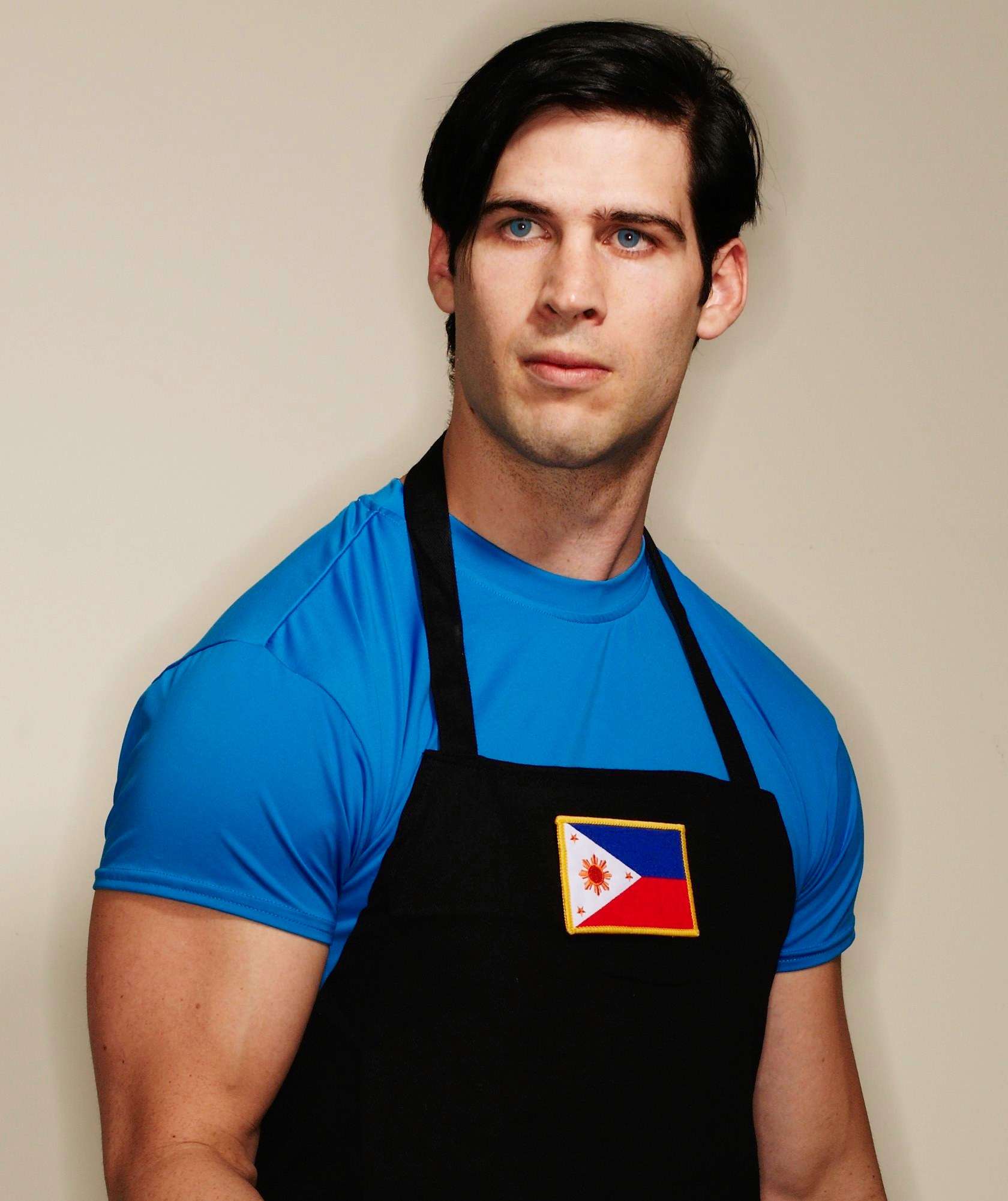‘Adobong manacc,’ Jhepoy, ‘Pano mo nasabe?’: Where are these Pinoy memes now?
In the grand scheme of politics, war, and poverty, the creation and appreciation of memes can seem like an inconsequential and futile endeavor. They come and go so fast, almost giving us no time to really appreciate the humor in front of us.
But despite the fleeting life cycles of memes, there are still some that have managed to last. Some memes have become so embedded into our culture, that they’ve become almost monoliths—pieces of language that can only be deciphered by Filipino internet users.
These are the memes that have become so obvious, that we don’t even think of them as cultural phenomena, because they kind of just are.
What we fail to remember, however, is that behind these memes are people too. The faces behind the humor we see were, for the most part, unwilling individuals who just somehow found their way into the zeitgeist of Filipino internet.
After a while, most people had seen the adobong manacc video and the reaction died down. Then it got popular again, and again the reaction died down. Now it’s popular again.
And it begs the question: where are they now?
Here are three of some of the most iconic Filipino memes, and what became of their creators:
Jhepoy Dizon

Few memes have had the staying power in the collective Filipino consciousness quite like a profanity-laden video from 2013 of a shirtless kid set against a background of blinding white, accented by two guitars and a plushie of Disney’s Stitch.
The title of the video leaves no room for interpretation, as the shirtless kid opens his monologue with the succinct and cutting four word assault—“T*ngina mo Jhepoy Dizon!”
As of writing, the video has over two million views on YouTube. But despite the video’s viral success, its creator—John Alfred Richards Tejero—remains simple and humble. He’s still in his native Cebu, albeit in his twenties now and working towards an esports streaming career under the name NeuzPlays.
John says he plans to continue his streaming career well into 2021. He hopes to be accepted into a streaming collective like Peenoise Gaming, where his brother streams under the name Vanilla.
Outside of his streamer goals, John wants to take everything as it comes, and it’s that same approach that he employed when dealing with his newfound internet fame.
“Wala namang nagbago sa akin,” said John, whose brother told him about the video’s circulation. “Siguro para sa kanila sikat ako, pero for me, wala para normal lang. Same na same lang.”
As for the titular object of his anger? John says he hasn’t talked to Jhepoy Dizon in years. According to John, the elusive Jhepoy was an old friend who moved to Cebu from Leyte following the aftermath of Typhoon Yolanda. The friendship, however, took a sour turn once Jhepoy hacked into John’s account on CrossFire (which, fun fact, is the most played videogame ever based on estimated player count)
On the rift, John said Jhepoy might’ve been enticed by the number of special guns John had racked up from playing Crossfire. He also claims that shortly after the video’s release, Jhepoy moved back to Leyte and blocked John on Facebook.
But, as with most things, including his inexplicable internet success, John Tejeros has long moved on, and stays on the lookout for the next best thing. Right now, that’s his streaming career.
“Gusto ko lang talagang mag-stream,” affirms John, who stays saving up for the day he can buy a proper PC build and climb up the ranks of Internet streaming success. It’s a goal that’s almost like what he’s already achieved—two million views and cultural significance. Except this time, it’s on his own terms.
Pano Mo Nasabe?

Unlike John and Jhepoy Dizon, not all memes have smooth endings and tiny repercussions. In other cases, it could be a matter of life, death, and the ugly parts in between.
Such is the case of the “Pano mo nasabe?” meme—a template from 2018 that still circulates to this day. The meme format usually has a two-part structure, with the first half being a relatable hugot quote, and the second half featuring a bald man responding with “Pano mo nasabe?”
The reason this meme isn’t the happiest story is the context behind it. The bald man in the video is Robert Nocos, who said the now-famous quote while he was being detained for murder.
Nocos, who was 21 at the time of the video, was charged with the murder of waitress Ancieta Sialongo. Nocos was drinking in the karaoke bar Sialongo worked at, and when she refused to pleasure him, he stabbed and killed her. Nocos tried to run away, disguising himself with a shoddily done haircut, but police eventually caught up to him, and the “Paano mo nasabe” meme was born during a media interview.
There isn’t any word on whether or not Nocos has since gotten out after being charged with murder and frustrated murder. But the “Paano mo nasabe” meme still remains a grim reminder of how we have to stay critical of even just the memes around us, and that even the most seemingly harmless ones can come from cruel places.
Adobong Manacc

Not every Filipino meme is an unwilling participant. For others, it’s an opportunity to continue generating humor and keep people smiling. This is how Travis Kraft approached his Internet fame following a video posted in 2007 of him cooking what he famously describes as “adobong manacc.”
The video, entitled “White Guy Shows How to Make Epic Filipino Adobo” has over a million YouTube views to date.
It’s also somewhat of a period piece—the low-resolution camera, jumpcut transitions, and even the interior design of Travis’ kitchen all scream mid-2000’s. And it’s wrapped by the modest, sincere premise of a white guy teaching other people how to cook a simple dish like adobo.
According to Travis, the video started after he pitched the idea of guesting on a cooking show to GMA 7. When those plans fell through, Travis didn’t want to let the concept go, and just had fun with posting his own YouTube tutorials on cooking Filipino dishes.
“When I uploaded the video, I really didn't expect many people to watch it. I was surprised when thousands started watching it every day. It was immediately very popular. I even heard that some channels in the Philippines played it on TV,” said Travis.
The actor and North Dakota Wrestling Hall of Famer has found that his meme fame, like any kind of entertainment, comes and goes in seasons.
“After a while, most people had seen the adobo video and the reaction died down. Then it got popular again, and again the reaction died down. Now it’s popular again. It goes in cycles because it seems to be something every new generation discovers,” says Travis. “Kids that were too young to know about it before have reached the age where they discover it. Now though, it is more popular than the previous times because meme culture didn't exist before. “
But every time the adobong manacc meme comes back, Travis is happy to welcome more people into his community. And it seems to have worked, with over 78,000 of his #ManaccNation fans regularly consuming his Facebook content.
Travis says he only ever wants to spread good vibes and create things that mean positive things to others. In many ways, he still celebrates the real essence of cooking—bringing together stories and celebrations over things we might forget to appreciate. And in such a scary time for the world, maybe he’s onto something.
Maybe it is a good idea to sit back, relax, and take a hearty spoonful of adobong manacc.


